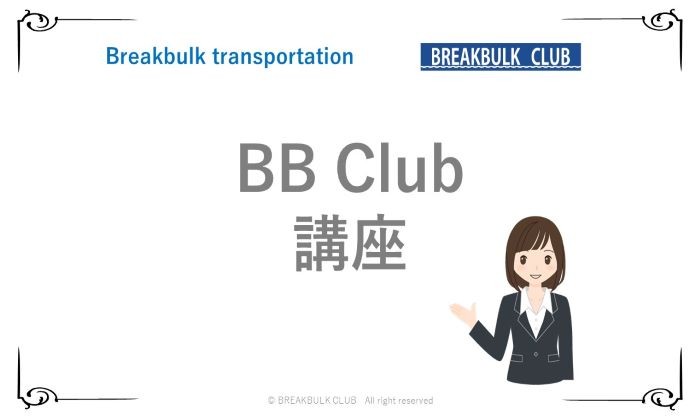Today's theme is Canvassing Cargoes.
Collection of Cargo is to collect optimal cargo for the vessel you are operating.
Optimal Cargo means:
It matches your vessel’s schedule.
It matches the size and height of your vessel’s cargo hold.
It is easy to handle with your vessel’s equipment.
Does it match the vessel's schedule ?
The shipper’s desired shipping date is the day which the cargo is ready to export. So you must canvass the cargoes which match the vessel's schedule.
<Size and Height of the cargo>
Does it match the size or height of your vessel’s cargo hold ?
If the cargo is longer than the size of the hatch, it cannot be loaded.
If the cargo is higher than the height of the cargo hold, it cannot be loaded.
So when collecting cargoes, it is important to obtain packing lists and needed information to assess if the vessel is suitable to load the cargoes.
<Vessel's equipment & the cargoes' specification>
Is it easy to handle with your vessel’s equipment ?
Car carriers and Conventional vessels have different ways of handling cargo. So it is necessary to collect cargo suitable for each handling practice.The cargo handling method of Car carriers is called Roll On Roll off via the vessel’s rampway. Cargoes that are either self-propellable or towable are suitable for Car Carriers transportation.
On the other hand, the cargo handling method of conventional vessels are called Lift On Lift off by using vessel Crane or Derrick or external lifting equipment. It is physically possible to load any type of cargo if the size is below the length of the hatch and the height of the cargo hold.Usu ally operational cost such as stevedore or equipment for Lift on Lift off is more expensive than Roll on Roll off. As a general rule of thumb, we should avoid using Conventional vessels to load cargos that can be handled by Roll on Roll Off.
Next, I will talk about Collection of Base cargo, Additional cargo and Refilled cargo.
Basically, since break-bulk transportation is an irregular service, the Vessel's schedule is fixed by the result of collection of cargo. The activity of collection of cargo is divided into three categories at each stage.
<Base Cargo>
In the first stage, it is called Collection of Base Cargo.
The activity is to collect a large amount of cargo to one destination to create the main frame of the vessel's schedule. In this example, the voyage of this vessel started from Port A. We have collected a large amount of wooden case cargoes to Port B and steel coils to Port C, this vessel’s destination to Port B and C will be fixed. These wooden case cargoes and the steel coils are Base cargo. After the fixture of destinations, we move onto the second stage to collect smaller lots of cargoes that are bound to the same destination to fill up the remaining space.
<Additional Cargo>
We call this process collection of Additional cargos.
The freight unit price of Additional cargoes is higher than Base cargoes because the cargo volume is smaller than Base Cargo. So it is important to collect as much Additional Cargo as possible. In this example, we have collected steel drums to port B as additional cargo to efficiently fill up the remaining space.
After the vessel arrives at Port B, Base Cargo of wooden case and Additional Cargo of steel drum from Port A will be discharged. At this point, steel coils to Port C remain on board.
<Refilling Cargo>
The last stage is the collection of “Refilling Cargo”.
Refilling Cargo is newly canvassed cargo that fills up the space available after discharging at the first port, and they are bound to other calling ports in the voyage. It is important to make efficient use of the free space to improve the profitability of the voyage. In this example, we have collected Flexible Container Bags and Cable Drum that bound to Port C to fill up the free space after discharging wooden cases and steel drums. After completion of loading, this vessel sails off to Port C.
Today’s summary is;
There are 3 points of basic collection of cargo. First, it matches a vessel’s schedule. Second, it matches the size and height of a vessel’s cargo hold. Third, it is easy to handle by a vessel’s cargo equipment. And there are 3 steps of cargo collections: First is collection of base cargo. Second is the collection of additional cargo. Third is the collection of refilling cargo.



Login to comment
サインイン